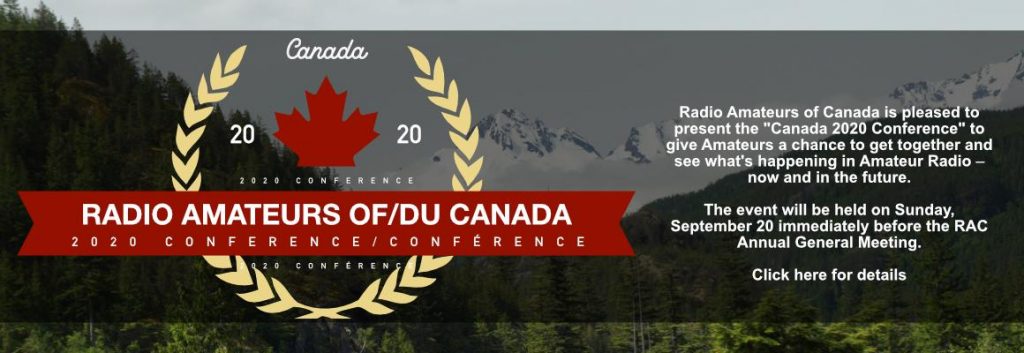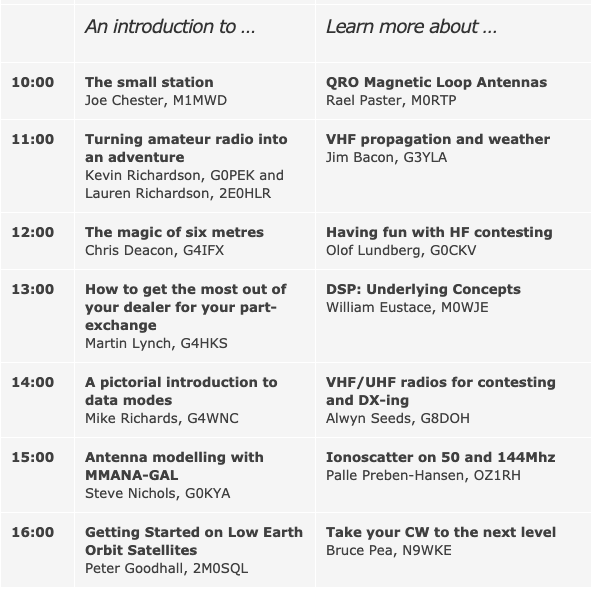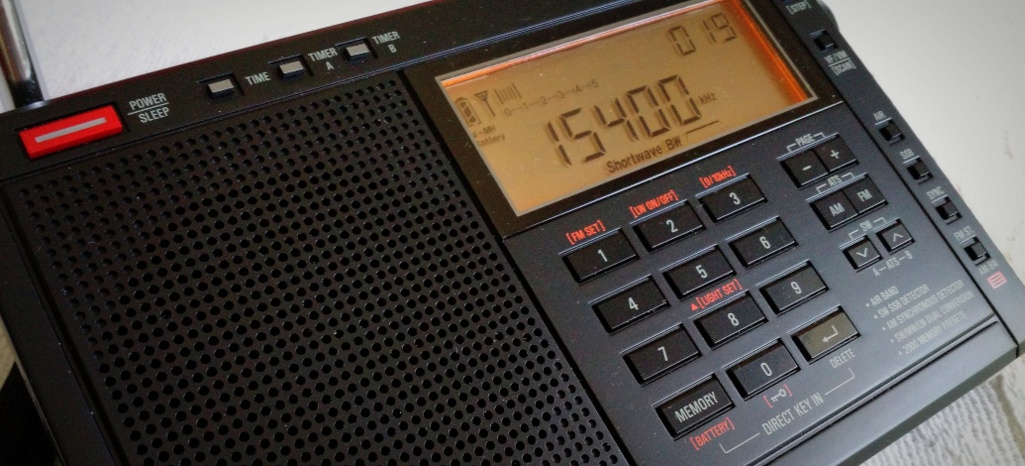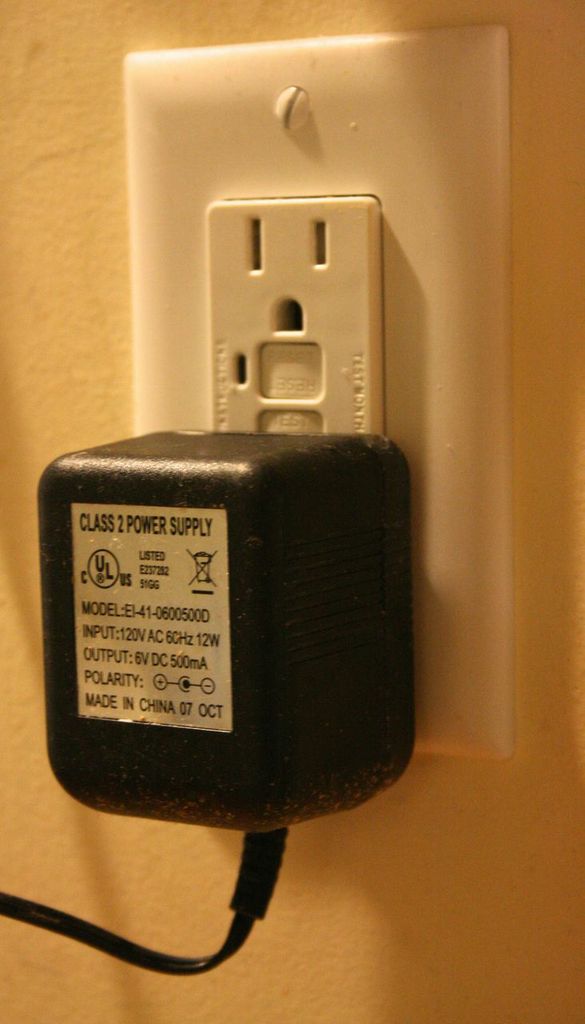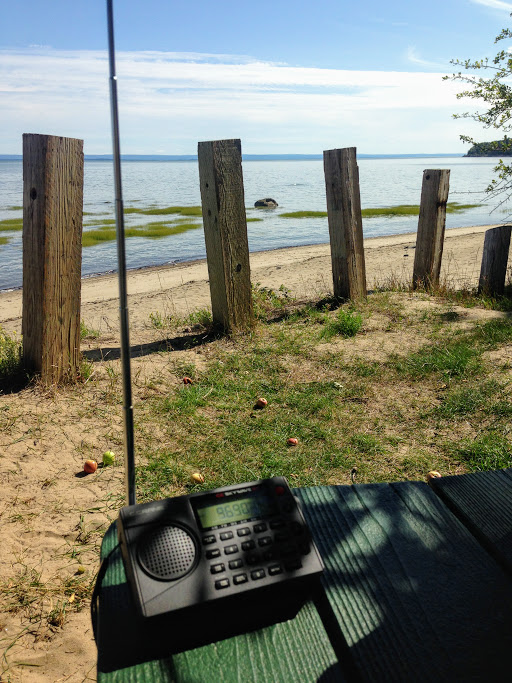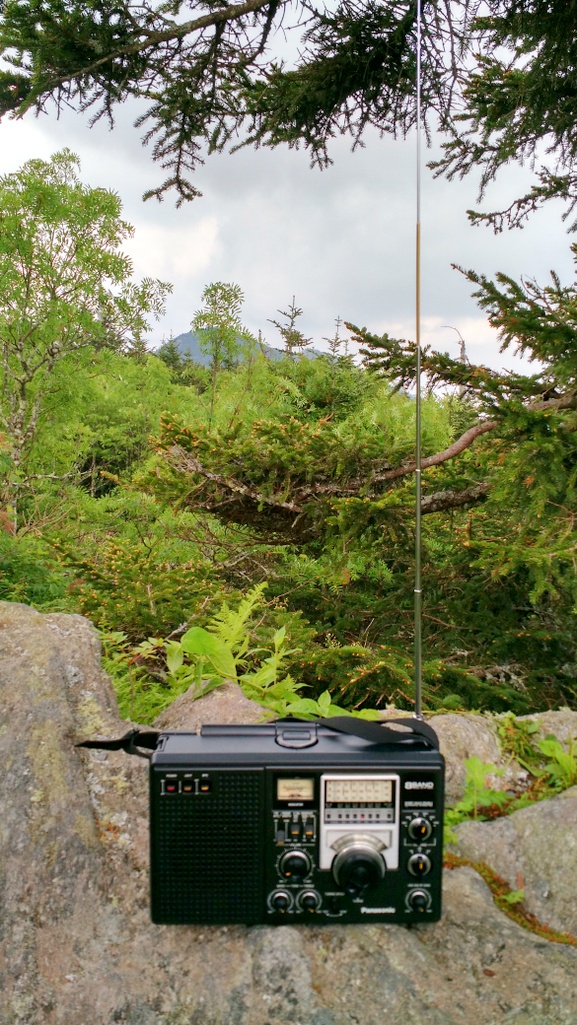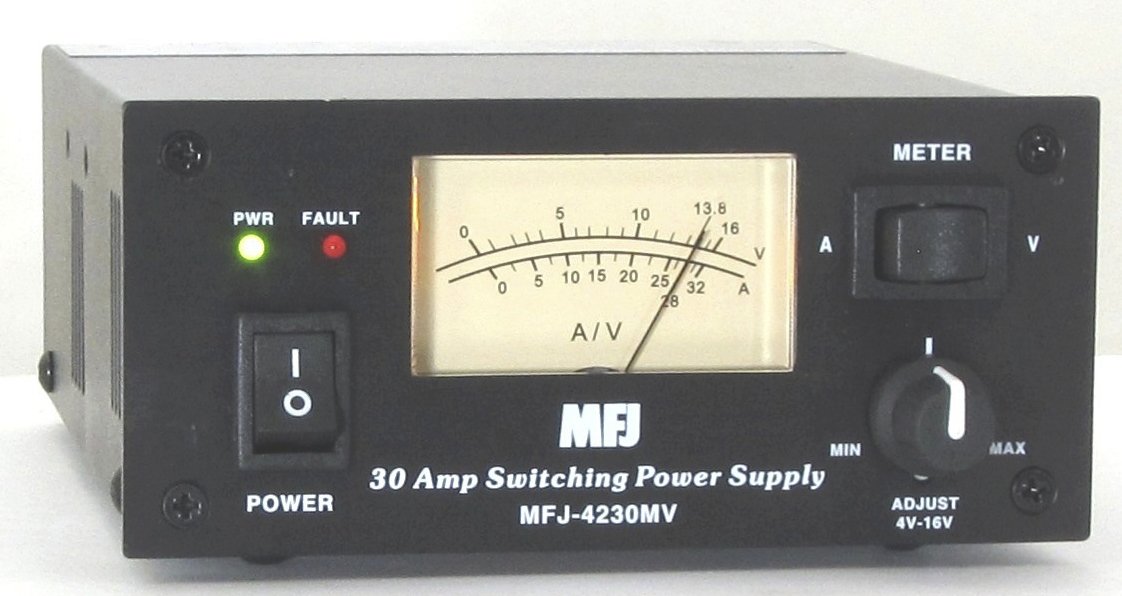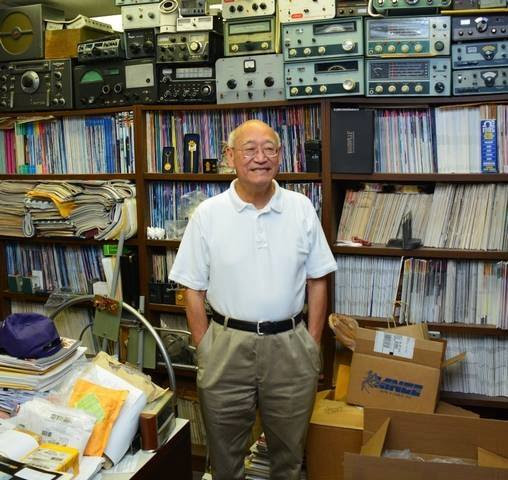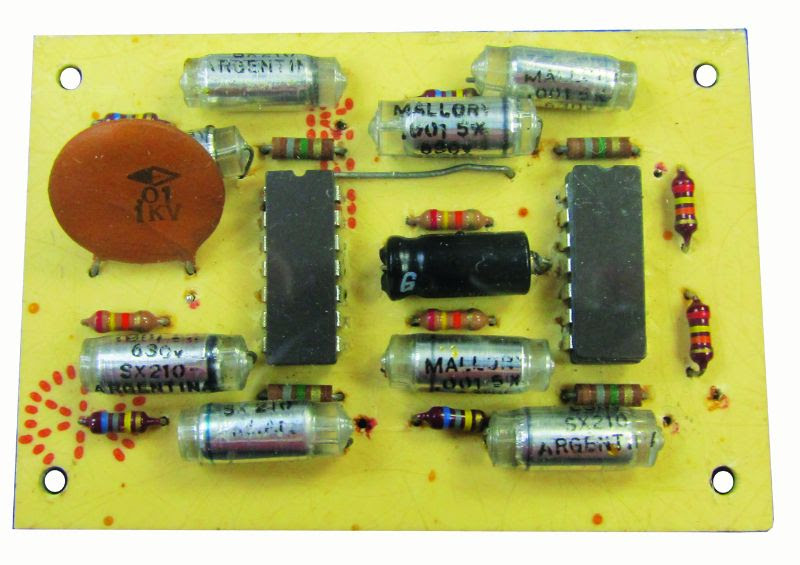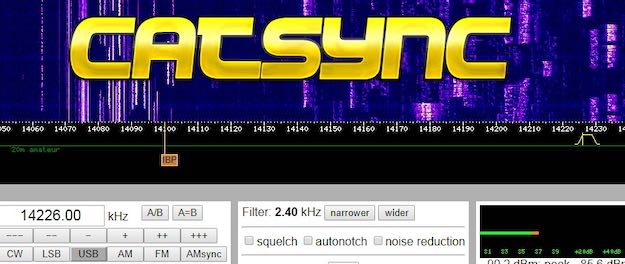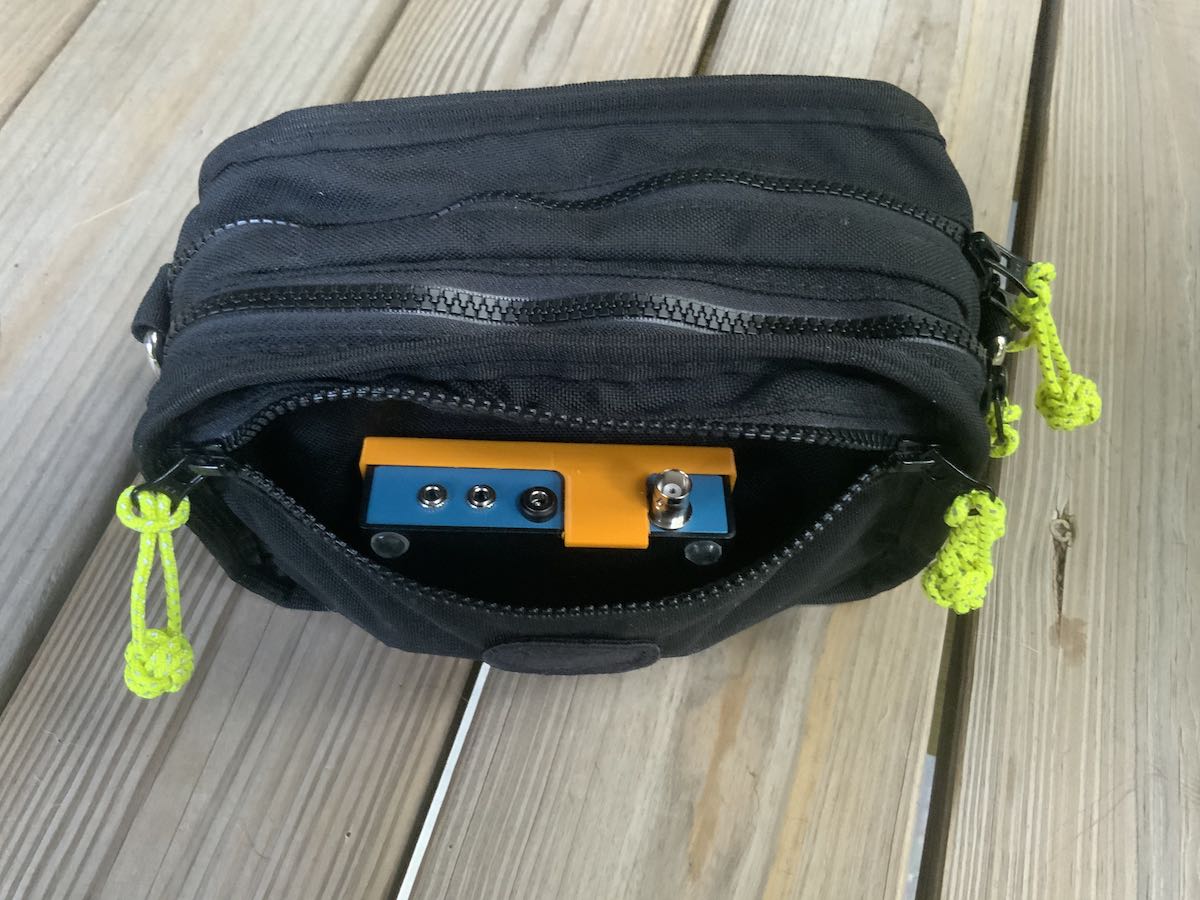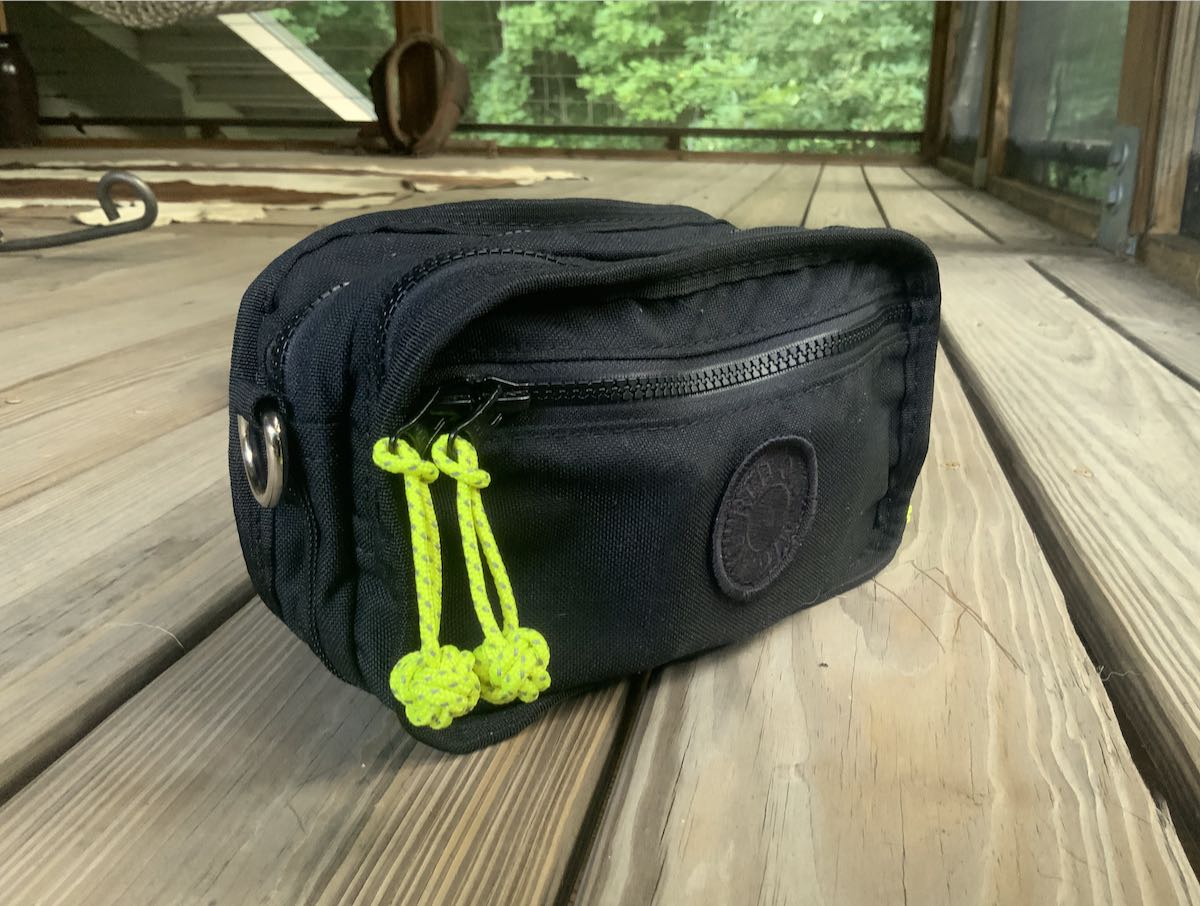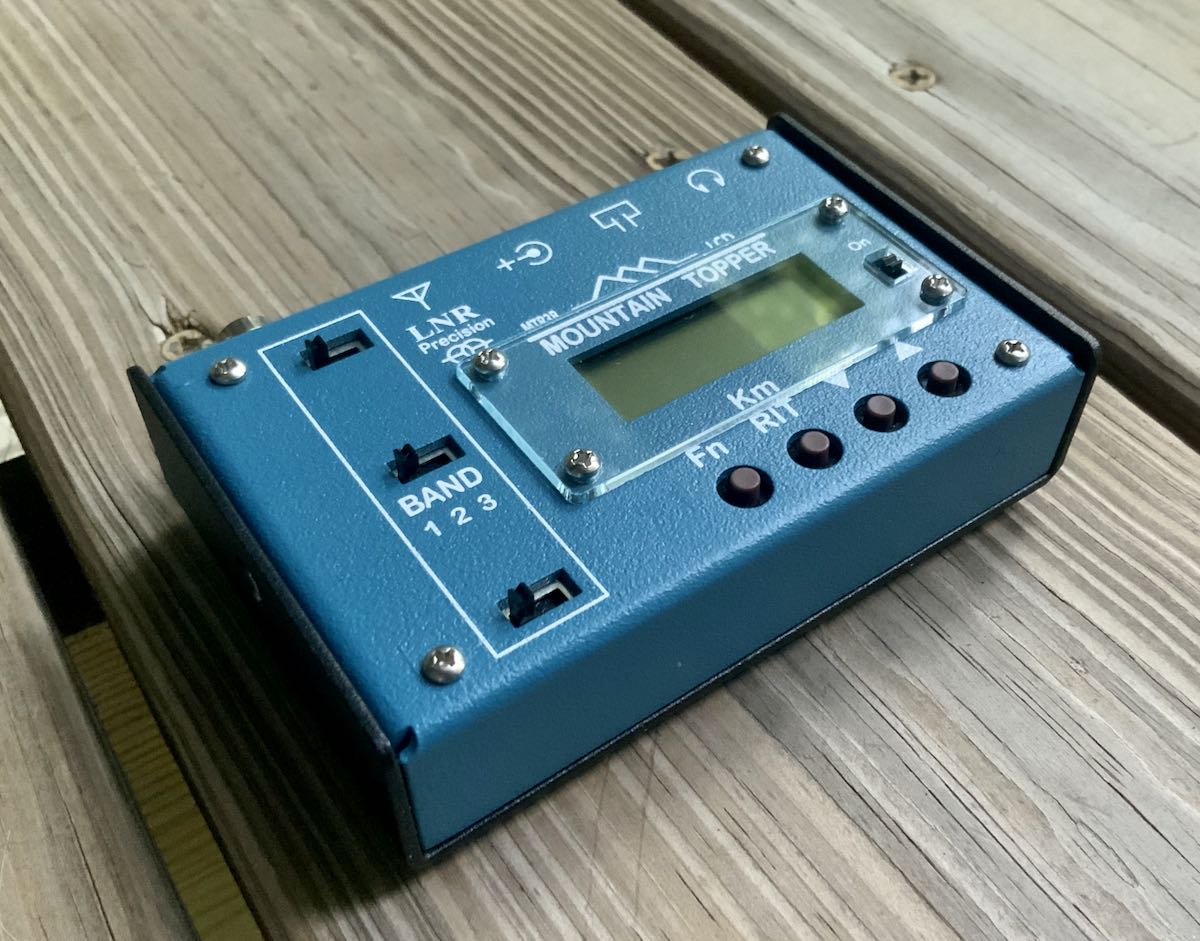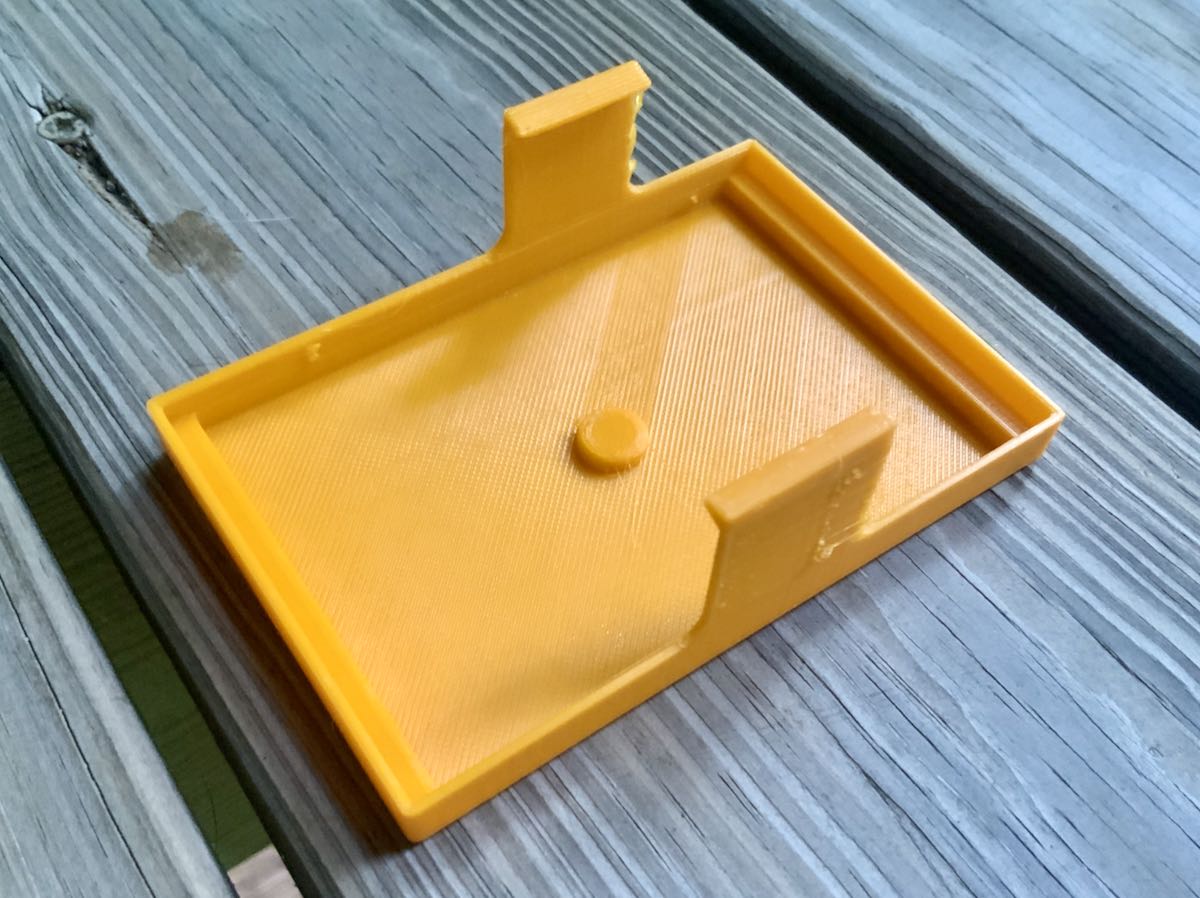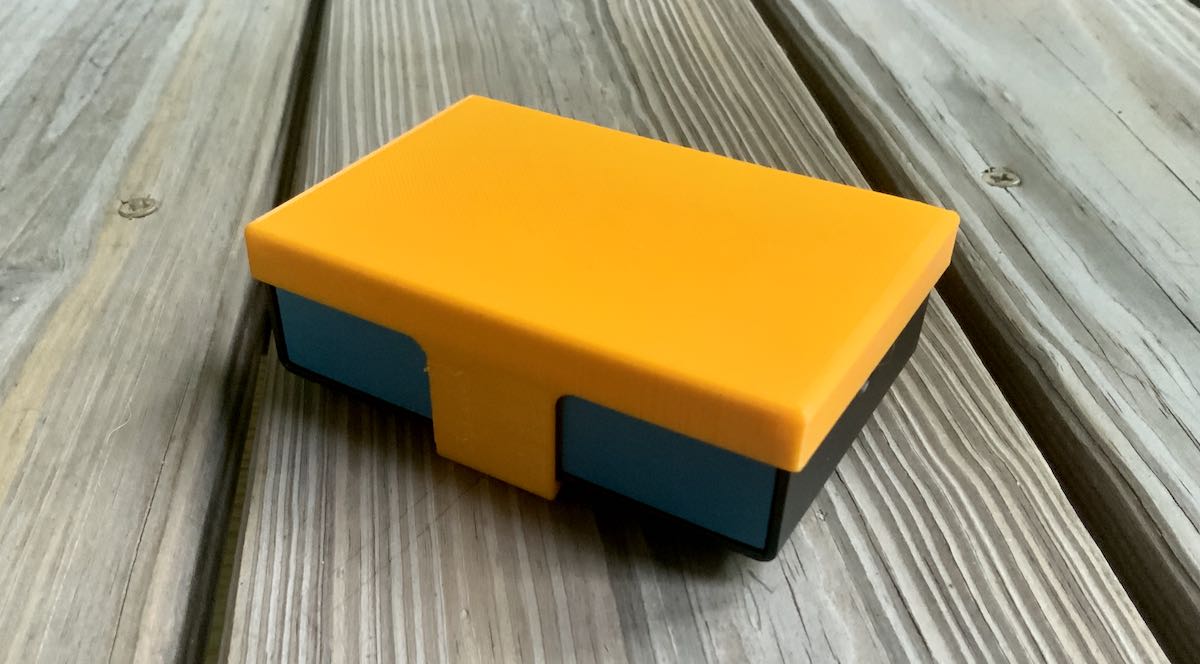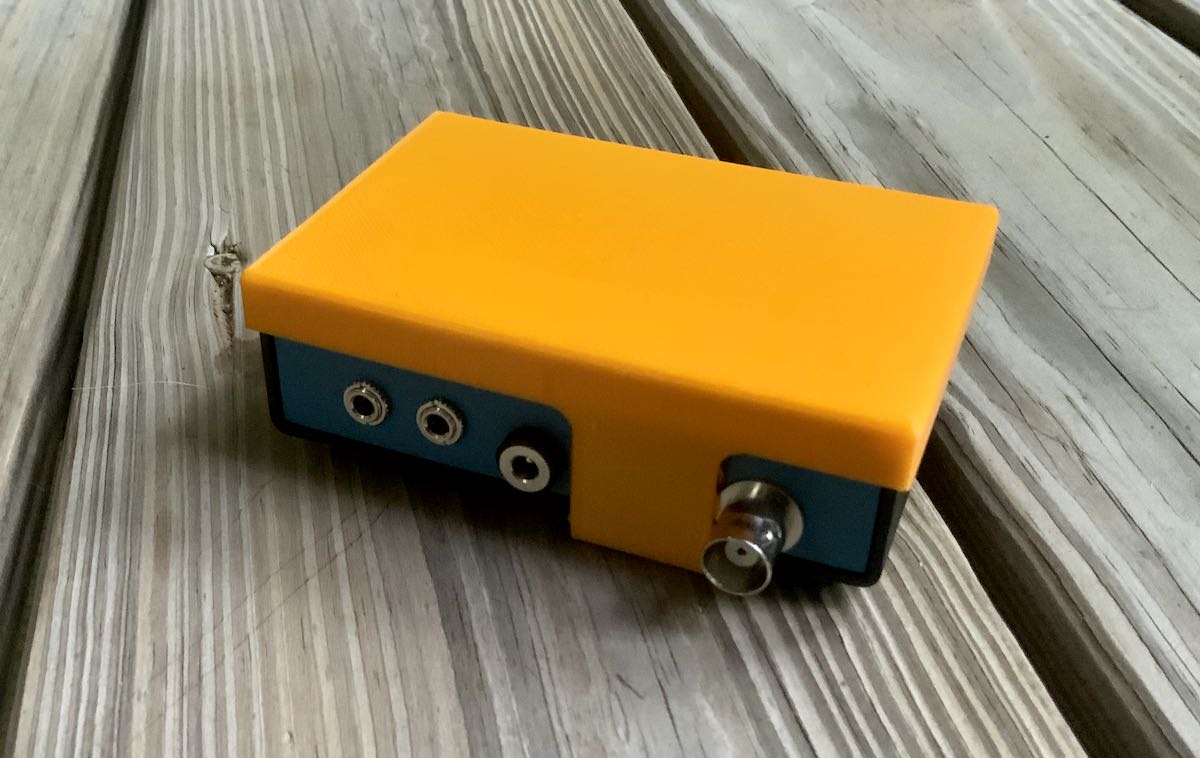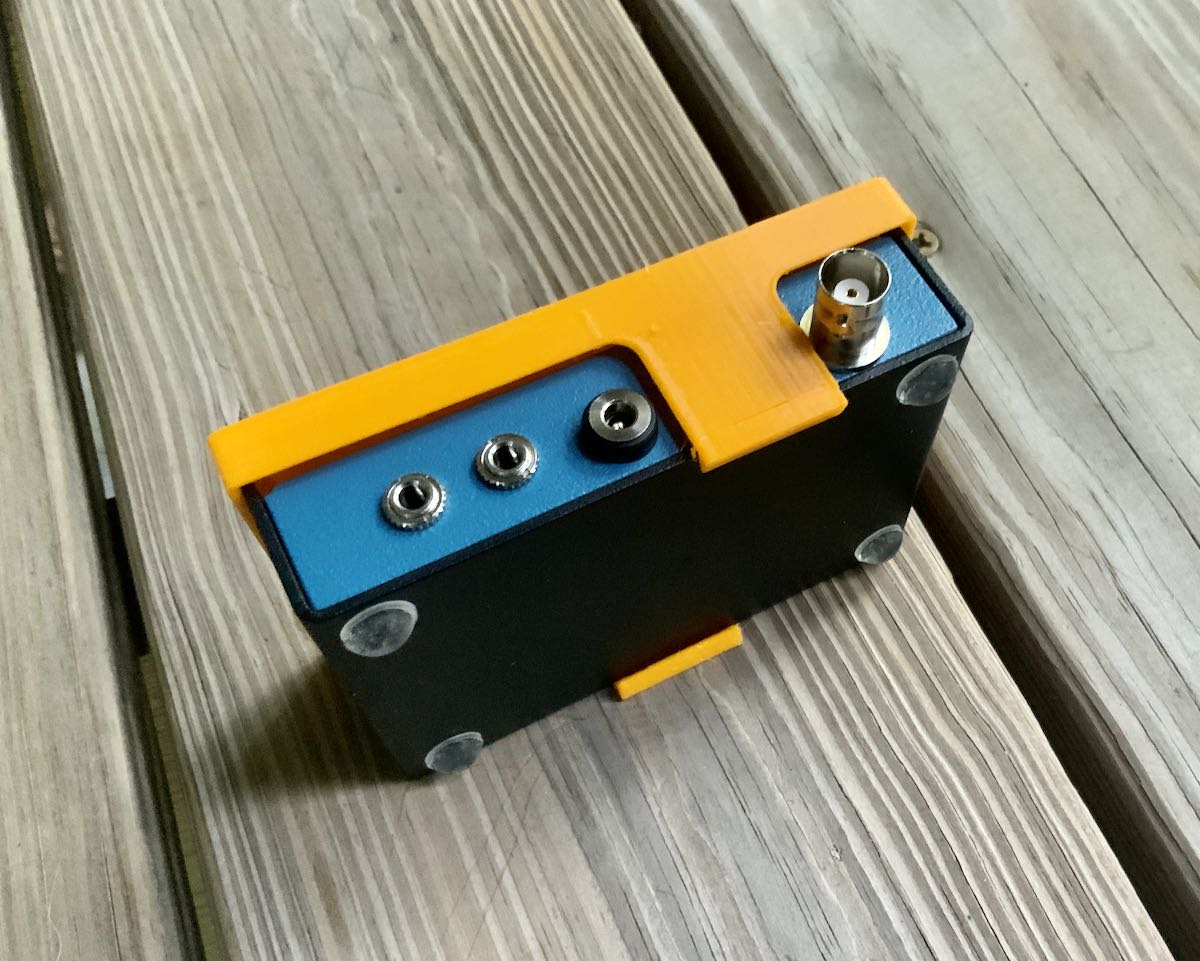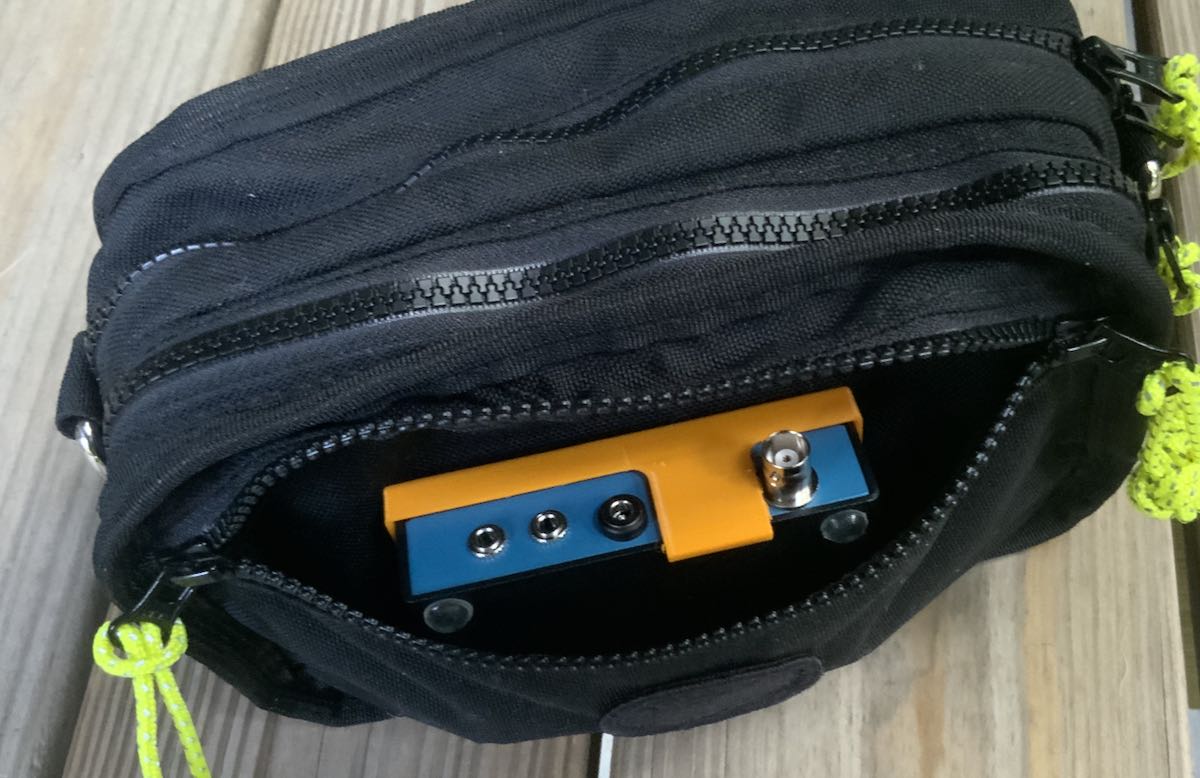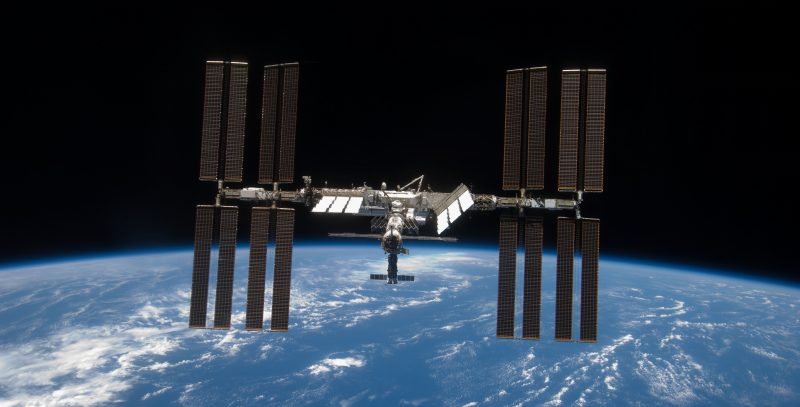Both the Radio Amateurs of Canada (RAC) and Radio Society of Great Britain (RSGB) will hold their 2020 annual conferences online and open to the public.
Check out press releases for both evens below:
RAC Canada 2020 Conference and Annual General Meeting
Radio Amateurs of Canada is pleased to welcome all Amateurs to the RAC Canada 2020 Conference which will be held on Sunday, September 20 before the RAC Annual General Meeting.
There is no registration fee for this event and registration is now underway.
Canada 2020 Conference Overview:
The RAC Canada 2020 Conference is an interactive mini-conference that will feature interesting presentations on a wide range of topics as shown below. Whether you are a new Amateur or have been enjoying Amateur Radio for many years there will be something of interest for you to discover.
Given the great response we have received, we have now decided to extend the schedule to include a keynote presentation followed by three sessions.
Each session will have multiple presentations so that participants can choose those presentations that are of most interest to them. In addition, all sessions will be recorded for viewing later so you won’t miss out if two of your favourites take place at the same time.
- Keynote presentation: 12 noon to 12:50 pm ET
- First session (4 presentations): 1 pm to 1:50 ET
- Second session (4 presentations): 2 pm to 2:50 ET
- Third session (3 presentations): 3 pm to 3:50 ET
The Annual General Meeting will then begin after the Conference at 4 pm ET.
Conference Presentations and Schedule:
The following is a list of presentations and the schedule of events.
Keynote Presentation: 12 noon to 12:50 pm ET
“A Fireside Chat”: “Amateur Radio during the Global Pandemic and other topics”
An informal discussion featuring the following distinguished guests:
- Glenn MacDonell, VE3XRA: President, Radio Amateurs of Canada (RAC – Moderator)
- Tim Ellam, VE6SH: President, International Amateur Radio Union (IARU)
- Rick Roderick, K5UR: President, American Radio Relay League (ARRL)
- Steve Thomas, M1ACB: General Manager, Radio Society of Great Britain (RSGB)
In these unprecedented times, this is an excellent – and possibly historic opportunity – to engage in a discussion on the challenges we face today and the future of Amateur Radio.
First session: 1 pm to 1:50 pm ET
- Getting Started with Amateur Radio Satellites – Tom Schuessler, N5HYP
- Amateur Radio and Youth – Brian Jackson, VE6JBJ
- Amateur Radio Challenges in Canada’s North – Ron Thompson, VE8RT and Angela Gerbrandt, VY0YL
- CY9C St. Paul Island DXpedition – Phil McBride, VA3QR
Second session: 2 pm to 12:50 pm ET
- 6m FT8 DXing – Ron Scwhartz, VE3VN
- Contesting: Remote Operating – Cary Rubenfeld, VE4EA and Tom Haavisto, VE3CX
- VO2AC: Contest DXpedition to Labrador (CQ Zone 2) – Chris Allingham, VE3FU/VO2AC
- Amateur Radio Hotspots: A Quick Overview – Allan Boyd, VE3AJB
Third session: 3 pm to 3:50 pm ET
- La proposition d’une classe d’entrée pour les radioamateurs (en français) – Guy Richard, VE2QG/VE2XTD
- Amateur Radio: Yesterday, Today and Tomorrow – Allen Wootton, VY1KX
- High Altitude Balloons: The Elevation Education – Kelly Shulman, VE3KLX
Instructions for Presentations:
Our volunteers are now hard at work preparing the instructions for all of the presenters and we will be sending them to you in the coming days. We thank you for your patience.
Please stay tuned to the RAC Canada 2020 Conference webpage for more information. We hope to see you at the event!
Jason Tremblay, VE3JXT
Conference Organizer
RAC Community Services Officer
[email protected]
RSGB 2020 Convention – Online
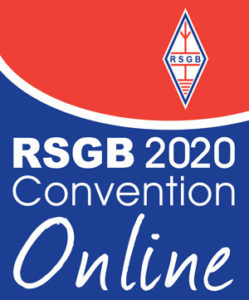 In response to the UK’s continuing social distancing regulations, the RSGB Convention Committee has changed the arrangements for this year’s event and is holding an online Convention on Saturday, 10 October 2020
In response to the UK’s continuing social distancing regulations, the RSGB Convention Committee has changed the arrangements for this year’s event and is holding an online Convention on Saturday, 10 October 2020
The programme will be split into two streams and whether you’re a new licensee or have been enjoying amateur radio for many years there will be a range of topics from expert speakers that you can enjoy free throughout the day.
RSGB Construction Competition
The RSGB Construction Competition will again be sponsored by Martin Lynch & Sons.
Find out more, including how to enter, on the Construction Competition web page.
The RSGB Convention is proudly sponsored by Martin Lynch & Sons

